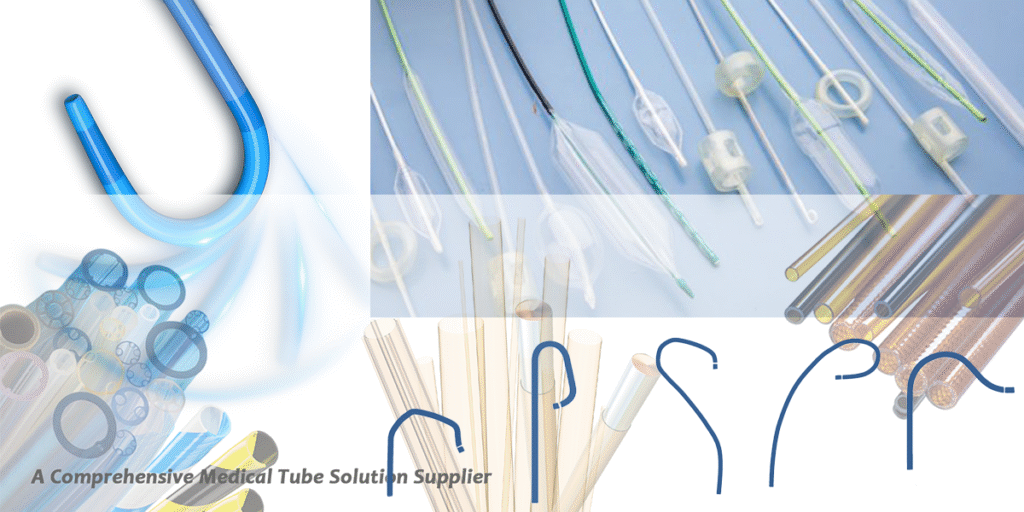Insights
Successful Medical Device Innovations Come From Doctors and Engineers Collaborating

The Impact of PTFE Liner Wall Thickness on Catheter Performance and Application
The wall thickness of PTFE liners is a critical factor that directly influences catheter performance, including pushability, flexibility, lumen size and durability. Thinner liners are essential for delicate procedures requiring flexibility and device compatibility, while thicker liners are better suited for applications demanding strength and high-pressure resistance.

Factors Affecting Stent Pushability in Catheters: The Role of PTFE Liners
During stent advancement, the PTFE liner develops sinusoidal strain deformation, so maintaining the inherent yield strength of PTFE Liner is crucial. Additionally, optimal bonding between PTFE Liner and the outer extrusion tube enables counteractive traction forces to resist this deformation.

Key Points in Medical Catheter Transition Section Design: From Material Selection to Process Implementation
Through scientific stress analysis, rational material selection, precise length design, effective optimization methods and appropriate processing technology, we can manufacture medical catheter products with reliable performance that meet clinical needs.

The Importance of Yield Strength in PTFE Liners and Its Impact on Catheter Design
Yield strength is a critical design parameter for PTFE-lined catheters. It dictates how thin the liner can be made, how much reinforcement is necessary, and how the catheter performs under clinical stresses such as pushing, bending, and high-pressure injections.

